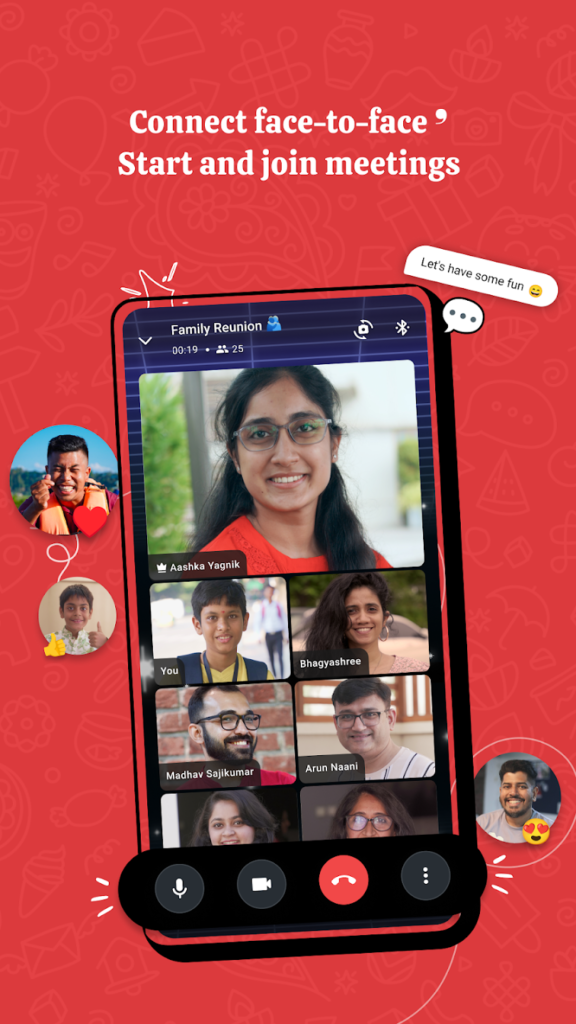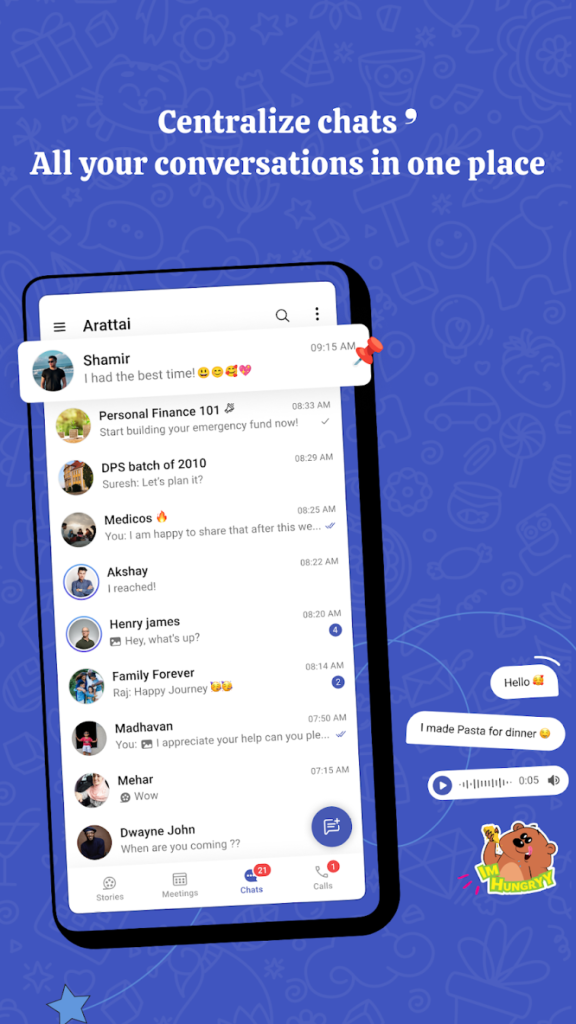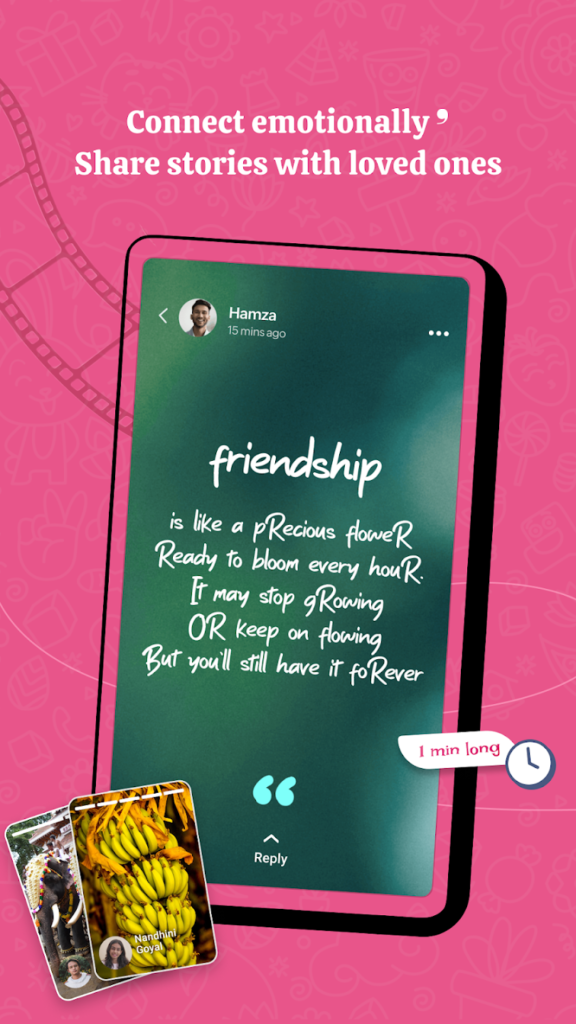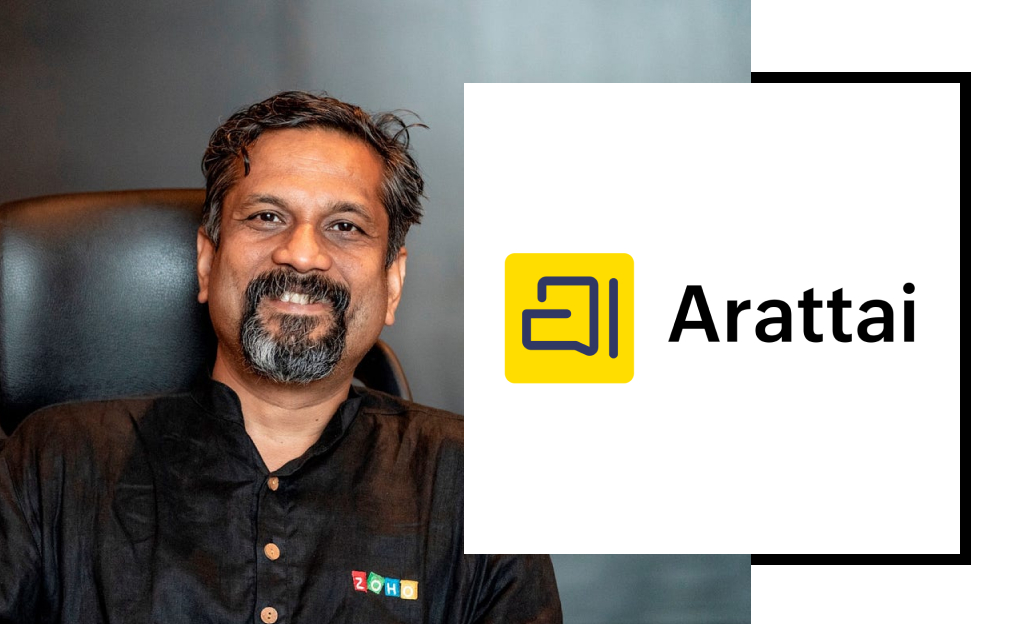How Arattai by Zoho Might Just Be India’s Next Big Messaging App
I’ve used messaging apps for years. WhatsApp, Telegram, Signal — each has its perks. But recently I came across Arattai, a messaging app by Zoho, and it caught my attention. Not because it has every bell and whistle yet, but because it feels like a breath of fresh, local air. In this post, I’ll walk you through what Arattai is, what it does well, where it needs work, and whether it can be a real alternative to WhatsApp — especially for users in India who want privacy, simplicity, and something made for us.
What Is Arattai?
Arattai (the word means “chat” in Tamil) is Zoho’s messaging app, built in India. It offers features you’d expect: text messaging, voice notes, audio and video calls; plus media sharing (photos, docs, videos), groups and channels, and even stories.
But Zoho doesn’t present it just as another chat app — they emphasize being “home-grown”, secure, simple, and made to work well even on less powerful phones or weaker networks.
Why Arattai Is Seeing Such Rapid Growth
Arattai’s growth has been remarkable. Things I found out:
- In just three days, its daily signups spiked from 3,000 per day to 350,000 per day. That’s a 100× jump.
- By early October 2025, it had crossed 7.5 million downloads.
- The app surged to top charts on both Android and iOS in India, overtaking WhatsApp and others in social networking rankings.
Why this happened isn’t just tech. There’s a strong feelings factor: people want “Made in India” options, tools built locally, and apps that respect privacy. Plus Zoho already has credibility. So when they released something solid, many users were ready to try it.
What Arattai Gets Right
These are the strong points that stood out to me:
| Feature | What Works Well | Why It Matters |
|---|---|---|
| Multi-device support | You can use Arattai on several devices — phone, tablet, desktop — sync is pretty smooth. | Many apps struggle with device syncing; this is useful for people switching devices often. |
| “Pocket” feature | A private space to store your own notes, reminders, media — separate from chats. Kind of like “chat with yourself” but more organized. | Useful for saving things you don’t want to clutter chat threads. |
| Meetings & Scheduling | You can schedule calls, join meetings, not just regular chats. The Indian Express+1 | For grouping, remote work, or even informal virtual get-togethers, this adds value. |
| Lightweight performance | Designed to work decently even on budget phones or weak connections. Some early users reported better experience in low network / low memory setups. | Very important in India, where many users have mid-range or older phones and patchy data. |
| Zero ads and privacy focus | There’s no ad burden, and Zoho says user data isn’t sold. Voice & video calls are end-to-end encrypted already. | For many, this is the biggest pull factor — wanting peace of mind. |
What It’s Still Working On / Where It Falls Short
Everything isn’t perfect (nothing often is on launch). These are the areas I noticed, or users are pointing out, where Arattai needs to improve:
- Text-message encryption is not yet default — While voice and video calls have full end-to-end encryption, regular chats (text) do not always have the same level of security. Zoho has said they are working to roll out better encryption for messages.
- Performance under huge load — The sudden surge in users (100× in 3 days) has pushed infrastructure. Some users reported delays in OTP delivery, syncing, and minor glitches. Zoho is working to scale.
- Feature parity — Things like backup options, sticker library, more refined privacy controls, or richer messaging features (like disappearing messages, more theme options) may still lag behind more mature apps. These take time.
- User adoption challenges — For a messaging app to succeed, you need two sides: good tech and people. If your friends, family, or colleagues stick with WhatsApp or don’t join Arattai, the network effect is slower. Also trust: people will watch encryption & privacy developments closely.
My Take: Can Arattai Be a Real Alternative to WhatsApp?
In my view, yes — it has a good chance, especially in India, for certain types of users. Let me explain how I see it playing out, and who might like it the most.
Who would love Arattai right now:
- Users who are privacy-aware but don’t want to deal with complex settings.
- Those with less powerful phones or shaky internet who just want stability.
- People drawn to the “Made in India / local” ethos. It matters to many that data lives in India, that the tool is built here.
- Early adopters and tech enthusiasts who enjoy trying new apps and giving feedback.
Where WhatsApp still has an edge:
- Deep backup / archive features. WhatsApp has mature solutions for backing chats, moving between phones, etc.
- Massive user base: most people already are on WhatsApp, which means friction for switching.
- Polished features from years of iteration: stickers/materials/themes/custom options.
Prediction:
If Arattai can deliver text encryption by default soon, smooth out infrastructure, maintain stability, and keep growing its ecosystem (more features, more trust), it could become one of the top messaging apps in India. Not necessarily replace WhatsApp globally, but certainly be a go-to for many Indians.
Feature-By-Feature Comparison: Arattai vs WhatsApp (India)
| Feature | Arattai | |
|---|---|---|
| Text / voice / video calls | ✔︎ ✔︎ ✔︎ | ✔︎ ✔︎ ✔︎ |
| End-to-end encryption for voice/video | ✔︎ | ✔︎ |
| End-to-end encryption for text (default) | Not yet | ✔︎ |
| Multi-device support | ✔︎ (up to ~5 devices) | ✔︎ |
| Media sharing, stories, channels | ✔︎ | ✔︎ |
| Scheduled meetings | ✔︎ | Limited / external tools needed |
| “Pocket” / self-chat storage | ✔︎ | Chat-with-yourself exists but less refined |
| Performance on low memory / weak networks | More optimized | Good, but sometimes laggy on weaker devices |
| Ads / Data selling | No ads, promises of privacy | No ads, but data usage concerns have come up historically |



Getting Started with Arattai: A Mini Walk-Through
If you want to try Arattai, here’s how I would get going (and what to watch for):
- Install the app from Google Play Store or Apple App Store.
- Register with your mobile number. Setting up profile (name, picture).
- Explore “Pocket” — store something personal, a note or image, just to test privacy & usability.
- Try adding a friend and see if they are on Arattai. If not, send invite.
- Try voice / video calls between devices. See how smooth they are.
- Test switching between devices (if you have phone + tablet or PC). See sync behavior.
- Keep an eye on permissions and settings. Turn on whatever secret/personal-chat or privacy options exist.
Final Thoughts
I think Arattai is more than just a novelty. It feels like a product built with purpose — not rushed, with thought for privacy, with attention to performance. It’s not perfect yet, but the roadmap looks promising.
If you value a messaging app that tries to respect your data, that works decently even when your phone isn’t top-tier, and that leans local (in terms of infrastructure, support), Arattai is absolutely worth installing, using, and keeping an eye on.
What I’ll be looking forward to: when every text is encrypted by default, when backups are rock solid, and when the user base reaches a “critical mass” so my contacts move too.

Leave a Reply